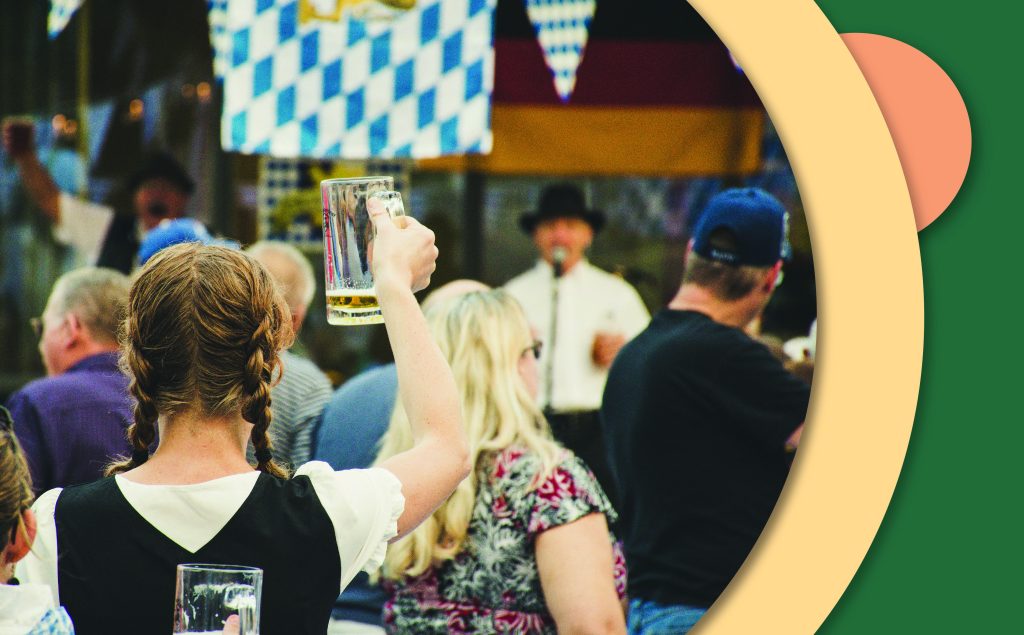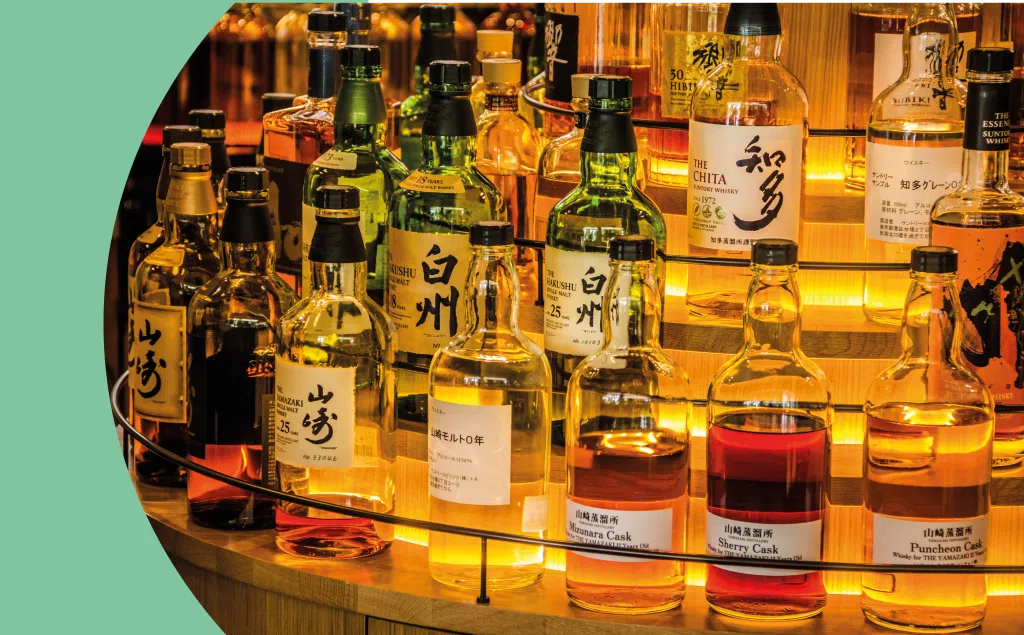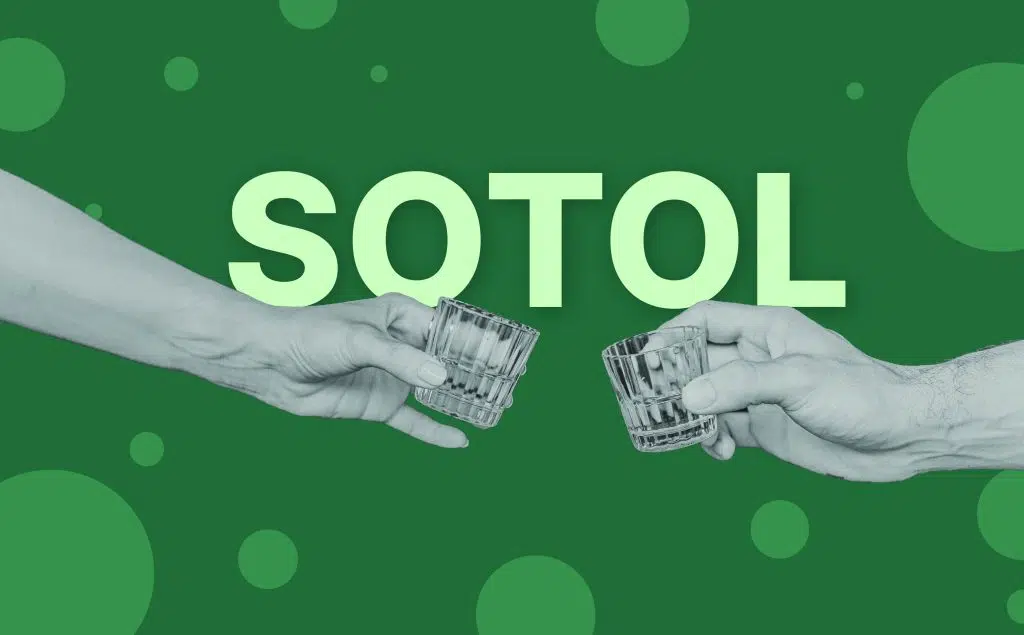Every Autumn, as the leaves fall and the temperatures begin to drop, the city of Munich prepares for throngs of visitors to descend on the hallowed grounds of the Theresienwiese for the largest beer festival in the world: Oktoberfest.
Months of preparation go into setting up the massive beer tents, food stands, and carnival attractions. When all is said and done, more than six million revellers will visit the festival grounds, consuming as many as seven million litres of frothy golden lager, along with countless pretzels and Wiesnhendl (roast chickens).
While Oktoberfest today stands as a riotous celebration of beer-fuelled merriment, present-day festival goers may be surprised to learn that the event was born from more refined beginnings.
A Wedding to Remember
Oktoberfest began, not as a beer-soaked bacchanalia, but instead as a sort of royal wedding reception. On October 12, 1810, Crown Prince Ludwig of Bavaria married Princess Therese of Saxe-Hildburghausen. To mark their nuptials, the young newlyweds invited the citizens of Munich to partake in a celebration held in the fields outside of the gates of the city. The festivities lasted for five days, culminating in a horse race that would become a marquee event in years to come. In honour of the princess, the fields were named Theresienwiese (Therese’s Meadow), and while they still bear her name to this day, the festival grounds are now often referred to simply as the “Wiesn”.
Although originally intended as a one-time event, the following year saw the return of the horse races and festivities paired with a fair designed to celebrate Bavarian agriculture, leading to the annual celebration of Oktoberfest. In its infancy, Oktoberfest was more a display of Bavarian hospitality than an out-and-out beer fest. The first beer and food stalls didn’t appear on the festival grounds until 1818, and even then, these early beer stands were modest at best.
Over time, the beer stands evolved into beer halls, and by the end of the 19th century, the iconic beer tents—colossal temples that can seat up to 10,000—began to appear. These behemoth structures quickly became the beating heart of the festival, with each tent featuring its own distinct character and beer selection. Around the same time, the introduction of electricity to the Wiesn allowed for a wider range of carnival games, rides, and attractions, with the traditional horse races eventually giving way to oompah bands and roller coasters. While the festival has adapted to meet the changing desires of its patrons, one thing has remained constant—the undying love for the amber nectar that flows each fall.
The Beers Of Oktoberfest
Like the festival itself, the beer served at Oktoberfest has evolved to meet the shifting tastes of a thirsty public. Originally, beer served around the time of Ludwig and Therese’s wedding would have been a dark mahogany, akin to a modern Munich Dunkel. Over the years, the beer grew progressively paler (and stronger), with amber-hued Märzen-style beers eventually giving way to the golden Festbier style of the modern era.
However, the line-up of breweries serving at the Oktoberfest celebration has remained static for generations, limited to the six largest breweries located in the city limits of Munich: Augustiner, Hacker-Pschorr, Hofbräu, Löwenbräu, Paulaner, and Spaten. While some have petitioned for change, only these six are allowed to serve on the Wiesn. The oldest of the bunch, Augustiner, has been in business since 1328, and is the only brewery that still serves beer at Oktoberfest from traditional wooden barrels.
The Tapping Heard Round The World
With a touch of regal flair, the opening tapping ceremony of Oktoberfest kicks off the celebration in style. The honour of tapping the first keg of Oktoberfestbier falls to the Lord Mayor of Munich, who steps up to the towering beer barrel with a ceremonial mallet clutched in hand. The crowd counts down and the world watches with bated breath as the mayor delivers a few ceremonial swings, punctuated by a theatrical “O’zapft is!”—”It’s tapped!” in the local Bavarian dialect. The crowd roars in delight as beer bursts forth from the cask, a foamy cascade that marks the official commencement of the festivities.
This tradition dates back to 1950, when mayor Thomas Wimmer first proclaimed “O’zapft is!” after tapping the ceremonial barrel of beer. In tapping the barrel, the goal is to firmly insert the tap with as few blows as possible. The current Lord Mayor, Dieter Reiter, shares the record for fewest number of blows with former Mayor Christian Ude at a total of two sound strikes. The ignominious award for greatest number of blows goes to Thomas Wimmer, who required a total of 17 strikes to plant the tap when first attempting the ceremonial tapping in 1950.
An Enduring Tradition
Today, Munich’s Oktoberfest continues to draw visitors from around the globe to enjoy Oktoberfestbier on the Wiesn each fall. The festival has taken place annually for over 200 years—only discontinued in times of war, cholera, and more recently, COVID-19—and continues to evolve. In 2010, festival organisers introduced the Oide Wiesn—a portion of the festival that seeks to recreate traditional aspects of the festival, including horse races and restored carnival rides, some of which are over 100 years old!
Although the festival initially took place squarely in the month of October, it has moved up over the years to take advantage of the milder temperatures in late September, and typically ends on or around the first Sunday in October after more than two weeks of celebration.
Whether you consider yourself a beer lover or you simply enjoy a good time surrounded by friends new and old, you owe it to yourself to make a pilgrimage to Oktoberfest at least once in your lifetime.










